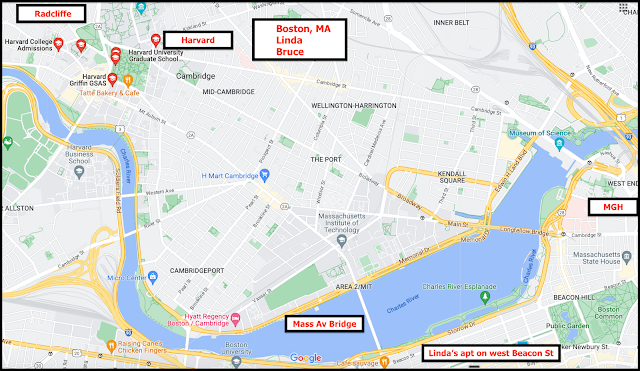Locator: 44936INV.
For the archives, my thoughts on investing in oil E&P companies.
This is for my executor as I transition management of the portfolio to my successor. I trust Sophia to do a great job.
In 2022, or thereabouts, I transitioned from allocating "new" money into oil E&P stocks and kept a "hold" on all current "oil" investments. I haven't quite figured out "where" I will put new money, but much of it will go into "technology."
Thoughts.
This graph continues to haunt me. Those investors "bullish" on oil E&P who post their thoughts on twitter and who I follow never address this chart:
The comments in this series pertain to shares of US publicly-traded oil companies involved in upstream (E&P), midstream (pipelines), and downstream (retail service stations selling gasoline and diesel to the American public.
I am an investor and not a trader.
My investment horizon is a rolling 30-year horizon. Every day the "horizon" moves forward one day, thirty years out.
Share prices in these companies are determined by the following:
- 60%: price of oil.
- 30%: supply and demand forecasts (short-term, mid-term, long-term, but mostly prices anticipated by analysts one year out).
- 20%: on a short term basis by YOLO, FOMO, MOJO, emotion, fear, greed, headlines in the mainstream media.
- 10%: the Goddess of Oil (see Marjorie Morrow Anderson), the Oracle of Oil (see M. King Hubbert) and a pantheon of others.
Price of oil: we might get back to this but I think most folks understand the daily change in the price oil.
The price of oil on any given day generally outweighs all the other factors that determine the price of shares in publicly-traded "oil" companies.
Supply and demand: I started investing in "oil" in the mid- to late 1980s.
I don't think a day went by when "experts" said that the supply of oil was finite and some day "we would run out of oil." I said the same thing. That day has not come after forty years of investing in oil. I'm a slow learner. Forty years.
Not only that, all indications are that the demand for oil for transportation is now decreasing and will never increase to any meaningful extent in the first world. If not an absolute decrease in real numbers then a decrease in relationship to potential supply.
In other words, the world will never "run out" of accessible, affordable oil.
YOLO, FOMO, MOJO: these concepts simply do not exist when discussing the price of oil / the price of publicly traded "oil" shares except in rare instances, and these rare instances are short-lived.
I do not anticipate any point in the future when we might see sustained (more than a year) of YOLO, FOMO, or, MOJO when discussing oil. YOLO, FOMO, and MOJO have not place for investors but these factors, when sustained, tend to set a new floor for the price of oil.
The goddess of oil is very capricious and a hater of mere mortals, particularly investors. I don't see the goddess of oil changing, and not only has the oracle died, those listening to the oracle often misunderstood what was being said.
*************************
So, What Does One Do?
Never, never, never sell shares in "oil."
These shares now trade and reward investors like utilities; they take the place of Treasury bonds in my portfolio.
Do not invest "new" money in "oil."
I'm not saying that those involved directly in the oil business won't continue too do very, very well. I'm suggesting that is not true for those investing in shares of publicly-trading oil companies. There will always be exceptions. I don't see myself as being one of those exceptions. But, wow, I'm glad I'm overweight in "oil." Those dividends allow me to continue investing in my golden years.
IN PROGRESS.






